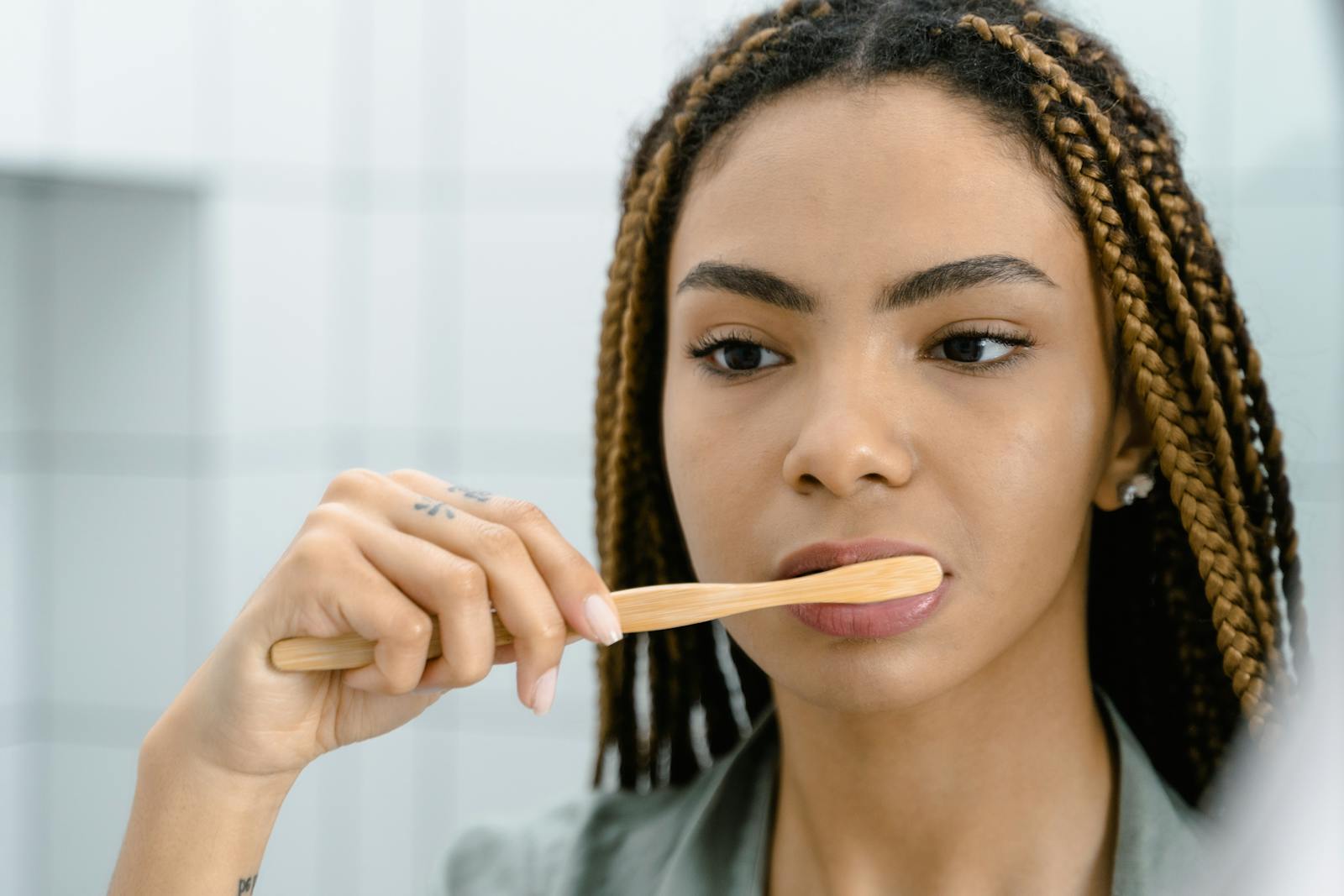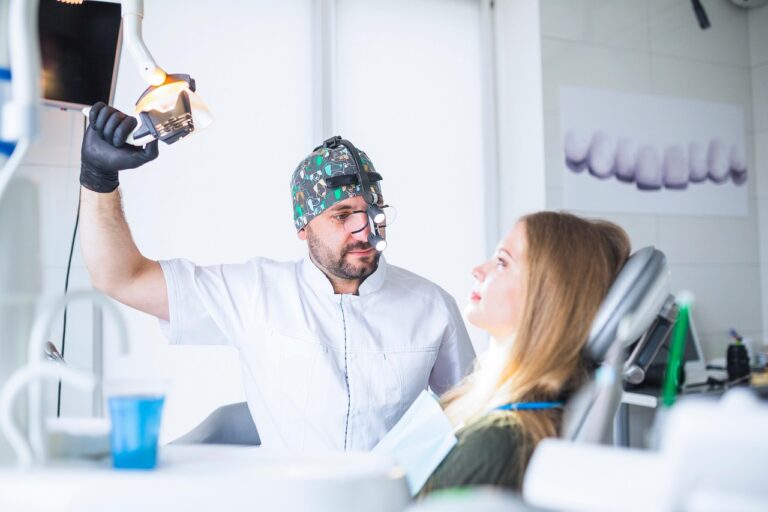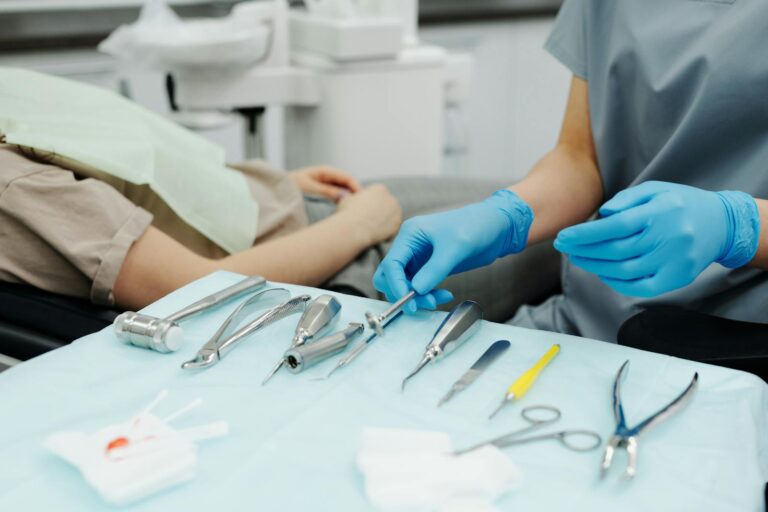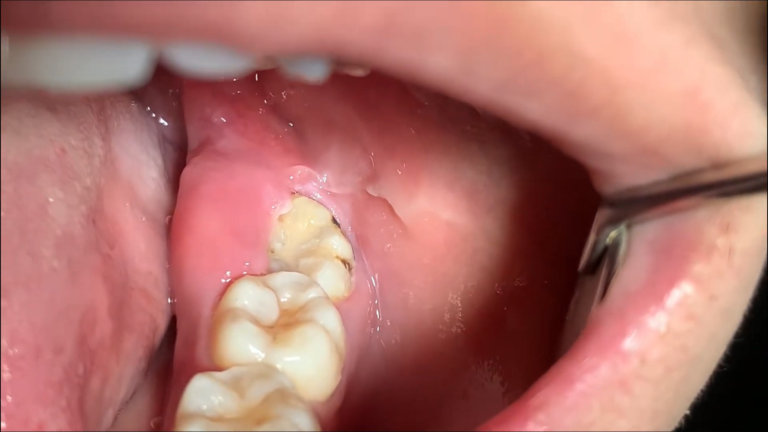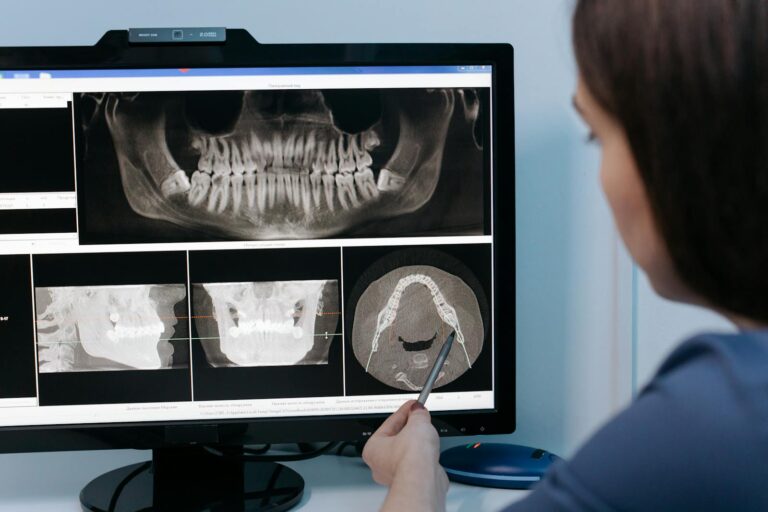How to Brush Your Teeth After Wisdom Tooth Extraction
After wisdom tooth extraction, keeping your mouth clean is essential for healing and preventing infections. However, improper brushing can dislodge the blood clot, causing dry socket or delaying recovery. If you’re wondering how to brush your teeth safely after surgery, this guide will walk you through the best techniques and precautions.
When Can You Start Brushing After Wisdom Tooth Removal?
- First 24 Hours: Avoid brushing near the extraction site to protect the blood clot.
- After 24 Hours: You can resume brushing gently, avoiding the surgical area.
- After 3–4 Days: Slowly reintroduce brushing near the extraction site if there’s no pain or bleeding.
- After 1 Week: Most people can return to their normal brushing routine, but continue being gentle.
Step-by-Step Guide to Brushing After Wisdom Tooth Removal
Day 1: No Brushing Near the Extraction Site
Brush the front teeth carefully while avoiding the back of your mouth.
Use a soft-bristled toothbrush and minimal toothpaste.
Do NOT spit forcefully—let excess toothpaste and saliva drip out naturally to avoid disturbing the clot.
Do NOT rinse vigorously—this can dislodge the clot and cause dry socket.
Day 2-3: Introduce Gentle Brushing
Continue brushing front and side teeth normally.
For the extraction site, use gentle strokes and avoid direct contact.
Rinse with lukewarm saltwater (½ teaspoon of salt + warm water) after meals to keep the area clean.
Avoid mouthwashes with alcohol, as they can irritate the wound.
Day 4-7: Carefully Brush Near the Extraction Site
If there’s no pain or swelling, start brushing closer to the area, but do NOT scrub.
Use small, light circular motions to remove plaque without disturbing healing.
Continue rinsing with saltwater or dentist-recommended mouthwash.
After 1 Week: Return to Normal Brushing
Most people can resume normal brushing but should remain gentle.
If stitches were placed, follow your dentist’s instructions on when to resume full cleaning.
Continue avoiding aggressive spitting and rinsing until fully healed.
Additional Tips for Safe Brushing After Surgery
Use a soft-bristled toothbrush to prevent irritation.
Consider an antibacterial mouthwash if recommended by your dentist.
Avoid electric toothbrushes for the first week, as vibrations can disrupt healing.
Do not brush too soon after eating; wait at least 30 minutes to let the area settle.
Continue saltwater rinses for at least a week to prevent infection.
What to Avoid While Brushing
Do NOT use a straw, as suction can dislodge the clot.
Do NOT touch the extraction site with your toothbrush.
Do NOT rinse with alcohol-based mouthwashes too soon.
Do NOT spit forcefully—it can delay healing.
Do NOT rush the process—your mouth needs time to recover.
When to Call Your Dentist
Seek professional advice if you experience:
- Persistent bleeding beyond 48 hours.
- Severe pain that worsens instead of improving.
- Signs of infection (swelling, pus, bad taste, fever).
- Suspected dry socket (severe pain and exposed bone at the extraction site).
Final Thoughts
Brushing your teeth after wisdom tooth extraction requires gentleness and patience. Follow the timeline, use a soft toothbrush, and avoid disturbing the healing area. If you have concerns, consult your dentist for guidance on the best oral care routine during recovery.
